Sports Medicine
Whether a current athlete, past athlete, or looking to live optimally this will benefit you.
Physiotherapy:
Treatment and rehabilitation of neuromusculoskeletal injuries is at the very center of Performance Houses’ recovery services. In a team approach with doctors, programs will be designed and implemented for the management of these disorders in clients of all ages and physical abilities. Dr. Anders focuses on providing patient-centered care, rehabilitation, and education to our health-minded patient base. We provide functional assessments so we can apply individualized techniques and programs to match specific needs.
Here is a list of some techniques we utilize to provide optimal healing and care to our patients.
-
Myofascial Release
Soft tissue techniques that treat conditions related to the build up of scar tissue and adhesion's in the muscle. Adhesion's and scar tissue can lead to severe problems: muscles being shorter and tighter, range of motion and mobility are altered, nerves and vascular structures can become compressed. As a result the affected areas can suffer from pain, decreased blood supply, and poor mobility. Using soft tissue therapy we are able to help restore normal function, release trapped nerves, and promote smooth movement. This enable clinicians to efficiently locate and treat individuals diagnosed with soft-tissue dysfunction.
Instrument Assisted Soft Tissue Therapy (IASTM)
IASTM uses a range of tools to enable clinicians to efficiently locate and treat individuals diagnosed with soft-tissue dysfunction. IASTM can be used to help alleviate, limited motion, pain during motion, motor control issues (muscle activation/coordination), and muscle recruitment issues.
-
Electrical Stimulation ("Stim") is becoming a largely adopted practice by endurance athletes and sports teams to treat injuries and accelerate recovery. When used as a recovery tool, Stim uses electrical currents to activate the muscle patterns demonstrated in active recovery, but without the impact on joints and tendons. The result is increased blood flow and eliminated waste to the fatigued areas of treatment.
-
Increase range of motion by decreasing inflammation pain and spasm, and promotes vasoconstriction and vasodilation which leads to increased levels of oxygenated blood delivered to damaged tissue. In the cold temperatures, the blood vessels quickly constrict forming a protective layer while the core body temperature is maintained. The process naturally stimulates blood circulation as the body's hormone, immune, and nervous systems are activated.
-
Ultrasound has been used as a treatment modality for sports injuries by therapists for over 50 years. Thermal effect stimulates accelerated healing from vibration of ultrasonic waves and increased circulation increasing collogen production to assist tendons and ligaments int he proliferation phase of tissue repair. This increase in temperature may cause an increase in the extensibility of structures such as ligaments, tendons, scar tissue and fibrous joint capsules.
-
Offers a non-invasive option to acupuncture and surgery. Cold laser produces an impulse of light at a specific wavelength (usually 600 to 980 nm) that minimizes reflection and scattering but maximizes absorption of the energy (in photons), anti-inflammatory action, increased vascular activity, reduced fibrous tissue formation, stimulated nerve function and joint pain reduction. Cold lasers are FDA cleared and widely used for treatment of: Acute and chronic pain, ligament sprains, muscle strains, tendonitis, arthritis, tennis elbow, back pain, bursitis, carpal tunnel syndrome, and fibromyalgia.
-
Flexion distraction of the lumbar spine has been shown to help alleviate: muscle spasm, joint dysfunction, disc herniation, lumbar rediculopathy, spinal stenosis, and even help improve range of motion and pain associated with arthritic pain. When your muscles become more relaxed and vertebrea begin to move normally, your vertebral disc now have their normal space and can return to their normal position and function. This also helps prevent abnormal wear and tear on the vertebral discs and vertebrea which in turn prevent further injury and reduce the arthritis process.
-
Take 10-25 minutes to lay in red light therapy to help youe body heal.
-
Take the plunge and get the benefits of cold therapy.
-
Take 20-30 minutes to sit in the heat and let your body flush toxins and rejuvenate.
